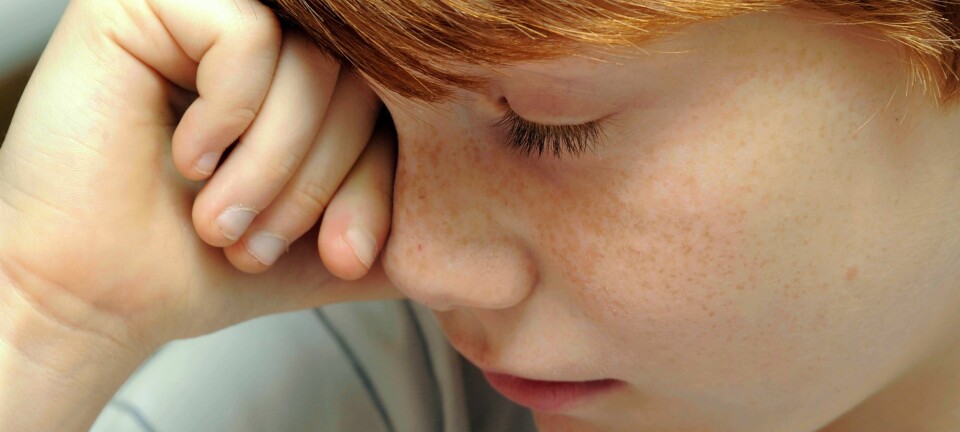
Young people in Denmark are becoming more and more stressed
The struggle for higher grades could be the main culprit.
Danish adolescents and young adults are becoming ever more stressed, and teenage girls are worst affected.
Numbers from the most recent national public health survey, published by the University of Southern Denmark and The Danish Health Authority, show that one quarter of young people aged 16 to 24 years old have high stress levels.
Looking at girls alone, the number rises to one third.
That’s a worrying trend says stress researcher Marianne Borritz from the Department of Occupational and Environmental Medicine at Bispebjerg Hospital, Denmark.
“Women generally score higher on questions around psychological symptoms such as stress. Whether this is due to biological difference, an increased ability to self-reflect, or something else entirely, we don’t know,” she says.
In a recent study of two Danish high school classes, researchers found that every other student had a stress level similar to the most stressed fifth of the population. People in this category are typically referred for treatment.
Read More: Shared physical custody kids less stressed
Six factors could explain the trend
But why are young people so stressed?
A group of researchers in Norway recently reviewed more than 2,000 scientific articles on stress levels in schools.
Drawing on the 33 most relevant studies, they identified six causes of stress among young people:
- Not enough time for social activities
- conflict at home
- competition among their peers
- lack of support from teachers
- too high expectations from themselves
- too high expectations from the school
The researchers also found that girls are more stressed than boys because they worry more about school and the future.
Read More: This stresses pupils at school
Responsibility for success can lead to stress
These six factors agree with the reality of stress among young people, says Dr. Nanna Eller, who studies stress at the Department of Occupational and Environmental Medicine at Bispebjerg Hospital and has 15 years of experience working with stress patients.
The pressure from personal expectations is especially influential, she says.
“When I speak with ninth grade students, I find that it’s an enormous stress factor for them that they not only have to do what they’re told, but also that they have so many choices. They have a sense of carrying all the responsibility for project ‘my life’,” says Eller.
Read More: Teaching students to go easier on themselves
Race for good grades should end
Simultaneously, students face higher demands on what constitutes success, says Eller.
“It’s not enough to cope with leaving home, getting a job, and having good friends—the struggle to get good grades in high school has shifted the focus to be the best at everything you do,” she says.
She thinks that the ongoing trials in some high schools, where students receive academic feedback instead of grades, is one possible way to go.
Being constantly tested can be a significant source of stress and removes the focus on learning and development.
Young people have extra need to be known for who they are and not what they can do, says Eller.
Read More: Stressed by technology
Separate social media from reality
According to Eller, it is important to shift the focus from performance to learning in the first year of school to tackle stress among young people.
“Praise students for the things they have worked on, and emphasise each student’s strong suites to the entire class,” she says.
She also points to social media as a source of stress, which parents and teachers should talk to young people about.
“It’s a utopia to think that you can get them to drop social media, but you can teach them to use it more constructively and get them to understand that good relations are built in reality and not online,” she says.
-------------------
Read more in the Danish version of this article on Videnskab.dk
Translated by: Catherine Jex








